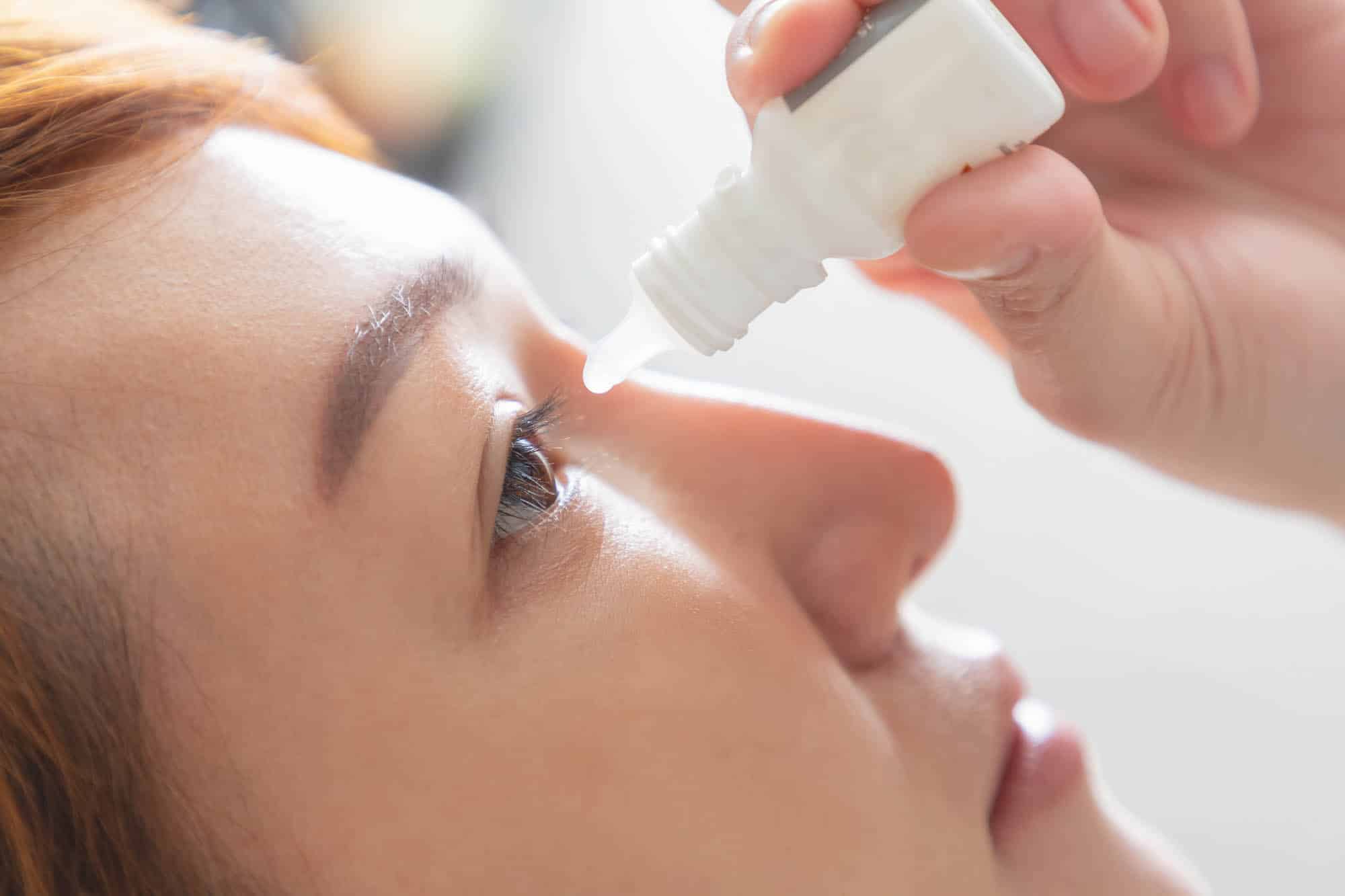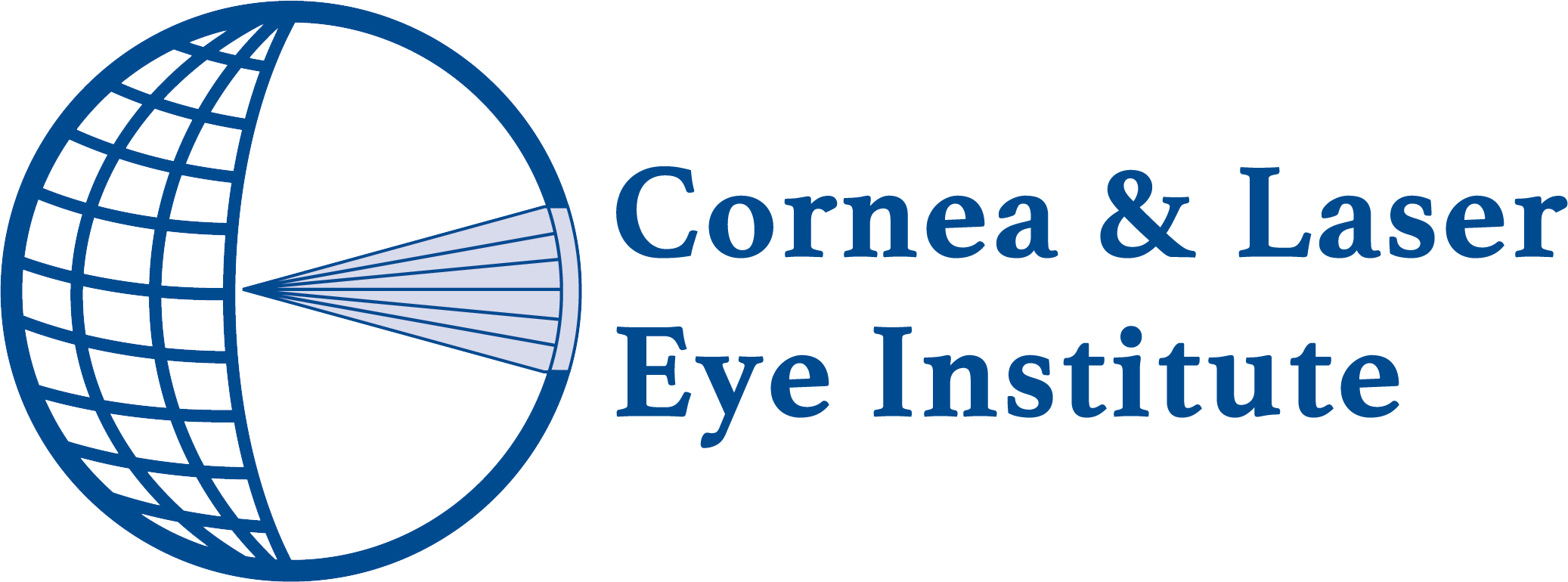
Dry eye disease, sometimes called dry eye syndrome, is a condition where the eyes do not produce enough tears or the quality of the tears is poor, leading to insufficient lubrication and moisture on the surface of the eyes. This can cause discomfort, irritation, inflammation, and sometimes damage to the surface of the eye. It can also impact vision causing intermittent or persistent blurry vision.
There are two main types of dry eye disease:
- Aqueous Deficient Dry Eye: The lacrimal glands do not produce enough of the watery (aqueous) component of the tears.
- Evaporative Dry Eye: The oil-producing meibomian glands in the eyelids do not produce enough oil, causing tears to evaporate too quickly.
It’s worth noting that although dry eye disease is often divided into these two categories, the disease is a spectrum and typically involves both dysfunctions to varying degrees.
How is Dry Eye Disease Diagnosed?
Diagnosis of dry eye disease can be made through various methods, with patient history being one of the most important as many conditions are associated with dry eye disease. Signs of disease can be observed during an eye exam but much more detail about the condition can be found during a dry eye focused exam using a variety of diagnostics that aid in finding the causes. In some cases, bloodwork may be required to rule out or detect systemic conditions. Since dry eye disease is often chronic, regular monitoring and adherence to treatment is critical.
Treatment of Dry Eye Disease
Because dry eye disease is complex, usually chronic, and multifactorial, there’s no such thing as a “one size fits all” treatment. CLEI’s team of experts take a personalized approach to treatment and may recommend one or more of the following treatments.
Lifestyle Changes and Modification of External Factors
External factors can significantly affect dry eye disease. Some simple preventative measures, such as adjusting cosmetics, skincare products, medications, environment, following an anti-inflammatory diet, and quitting smoking, can improve the condition.
Topical and Systemic Treatments
- Over-the-Counter Treatments: The initial approach involves using preservative-free artificial tears, omega-3 supplements, and lid hygiene products. In very mild cases, OTC treatments may be enough to give some patients relief from their symptoms.
- Prescription Medications: Various drugs for dry eye disease are used to reduce bacterial load, inflammation, nerve activity, increase secretion, provide lubrication, and treat demodex. For severe cases, long-term or compounded medications may be needed.
- Biologic Therapy: This involves using biologically derived eye drops, such as autologous serum made from the patient’s blood, to provide growth factors that help heal the ocular surface. Systemic infusion therapy, using immunomodulatory drugs, may target underlying inflammatory diseases.
In-Office Procedures
Several non-surgical procedures can be performed in-office to alleviate dry eye symptoms:
- Thermal Meibomian Gland Expression: This treatment heats the eyelids to unblock meibomian glands, improving tear quality and preventing quick evaporation.
- Punctal Occlusion: This procedure blocks tear drainage by placing a dissolvable or semi-permanent plug in the puncta, increasing tear volume to keep the eye moist.
- Intense Pulsed Light (IPL): Used for ocular surface disease with abnormal blood vessel growth, IPL targets blood vessels at the lid margins to reduce inflammation.
Therapeutic Soft Contact Lens
- Bandage Soft Lenses: These extended-wear lenses protect the cornea and promote healing. These lenses can also help retain membranes used for healing severe cases. For chronic conditions like bullous keratopathy or recurrent corneal erosions, extended wear offers effective relief and antibiotic drops must be used to prevent infection in these cases. Customized lenses may be needed for certain conditions. For those unable to manage the lenses themselves, in-office replacements can be done at monthly follow-ups.
PROSE Treatment
- PROSE (Prosthetic Replacement of the Ocular Surface Ecosystem) is a specialized treatment using a custom device to protect and heal the ocular surface. The PROSE device provides continuous lubrication and protection, allowing tissue to heal and relieving pain. The PROSE Clinic at CLEI is the only center in New Jersey offering this treatment.
Surgical Procedures
Surgical intervention is usually a last resort for severe ocular surface disease that does not respond to other treatments. These procedures often involve covering the eye with biological tissue, stem cell transplantation, eye closure, or nerve reinnervation to heal the ocular surface. In advanced cases with vision loss from scarring, corneal transplants or artificial corneas (Boston keratoprosthesis or K-pro) may be performed to restore sight.
Conclusion
If you or a loved one suffer from dry eye disease and are seeking relief, schedule an appointment with CLEI today. With specialized experience we can create an effective personalized treatment plan to bring you much needed relief and improve your quality of life.



